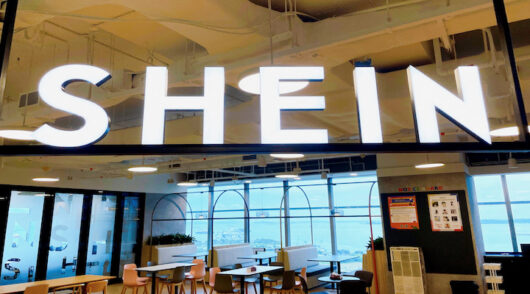Increased full-price sales and lower markdowns signal that H&M’s multi-pronged transformation plan is paying off, according to GlobalData analyst Kate Ormrod.
H&M fourth-quarter sales were affected by the later timing of Black Friday last year, compared with 2018, however that failed to dent an impressive turnaround performance from the Swedish fast-fashion retailer which 12 months ago was struggling to move significant excess inventories. In the second quarter it returned to profitability and Ormrod says a greater focus on online sales, supply-chain management and the fine-tuning of its physical store network have been sound.
Net sales increased by 11 per cent to US$24.2 billion for the full year and gross profit increased by 9 per cent to $3.5 million. Its fastest growth rate was in India where sales rose by 33 per cent, although the brand is still relatively new to that market.
Outgoing CEO Karl-Johan Persson, who will soon take over his father’s role as chairman, said the positive performance shows the company is “on the right track”.
“In view of the ongoing transformation of fashion retail, we have been making significant and necessary investments for several years to secure the H&M group’s position and long-term development,” he said.
Ormrod says while H&M still has some work to do in order to fully satisfy consumers’ demands, she expects the company to continue to benefit from its vast future-proofing initiatives this year. Net sales over December and January rose by 5 per cent in local-currency terms, up from 4 per cent last year, “emphasising that its appeal and relevance have not wavered,” she said.
“Optimising its brick-and-mortar business remains a priority with H&M planning to open a net of just 25 stores in the current financial year, with physical expansion in growth markets such as South America and Eastern Europe almost offset by the closure of about 175 stores, primarily in Europe, the US and China.
“Pressure remains to elevate its remaining stores with a need to drive consistency in in-store presentation and experience at its core H&M fascia. The retailer’s focus on sustainability is market-leading and apt given growing consumer interest, enabling it to deliver fast fashion with a conscience and at the same time casting shade on competitors such as Inditex. However it must continue to invest in areas such as value for money and quality that truly matter as purchase motivators among the majority of its shoppers in order to deliver results.”
Meanwhile, Helena Helmersson, H&M’s former COO, has taken over as CEO, the first woman to head the company.






